

Magic Crystal————pepper and carrot




Agate Geode Gemstone Information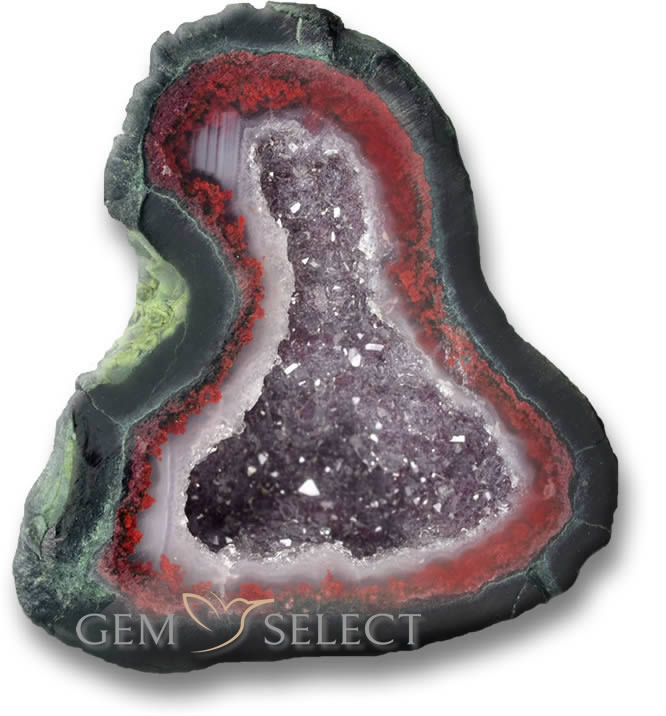 Buy Agate Geode Gemstones from GemSelect
About Agate Geodes – History and IntroductionOn the outside, agate geodes appear to be nothing but rock, but looking deeper into the interior of a geode will reveal amazing crystal growth and formations. Agate geode crystals are usually composed of quartz or chalcedonic deposits, but various other minerals such as calcite, celestite and dolomite are also commonly found within other varieties of geodes. Most geodes develop in small hollow burrows within the earth, often created by animals or depressions left by tree roots. The formation begins from a small piece of limestone or anhydrite and over time, mineral-rich waters seep into the burrow allowing the minerals to harden around the small rock. It is through the repetitive series of hardening deposits from mineral-rich waters that eventually form the crystalline structure and outer crust of the geode.
Identifying geodes requires a great amount of skill. Untrained eyes will struggle to identify geodes because of their plain appearance. Skilled miners focus on the outcrops of rock and look specifically in environments where geodes are most likely to develop. Miners will look for any egg-shaped stones or unusual stones with cauliflower-like formations. Agate Geode Origin and Gemstone SourcesBack to Top The term ‘geode’ originated from a Greek term meaning ‘shape of the earth’. The name was likely given because of their natural, round earth-like formations, although most occur in oblong or egg-like shapes. Geodes can be found all around the world, but they are mostly located in deserts and volcanic regions. Geodes are especially abundant throughout America including California, Illinois, Nevada, Arizona, Missouri, Kentucky, Utah and Iowa. The crystal production that develops within a geode depends on several variables including the amount of moisture trapped within the geode, the various chemicals and rich minerals deposited, and the amount of pressure applied to the geode. If the balance of these variables is just right, crystal formations will begin to grow within the walls of the shell. The crystals build and grow inward towards the center, slowly filling the geode out. The entire process takes millions of years. Many geode specimens have been estimated to be over 250 million years old. Surprisingly, the majority of agate geode specimens are never completely filled out. Geodes with filled out crystal formations are referred to as nodules; nodules composed of agate are referred to as ‘thundereggs’. Geodes can also develop within bubbles of volcanic rock. Minerals get trapped within cavities deposited through steam and with each deposit, the various minerals harden and form around a seed rock, typically limestone. Crystal development will vary based on the rate and duration of moisture deposits. If water was deposited slowly and with very few impurities, the geode crust will be finely lined with crystal, but if moisture deposits were rapidly made, the cavity will develop with bands of quartz, usually as banded agate. Buying Agate Geode and Determining its Gemstone ValueBack to Top
Agate Geodes Gemological Properties:Back to Top
Agate geodes can occur in a wide variety of colors and patterns. Most trade names or varieties are simply names that refer to the locality or region that the geode was formed. Other varieties of geodes are sometimes named after the crystal growth itself. Other popular geodes, include citrine geodes and amethyst geodes. In many cases, geodes are confused with drusy gemstones. Druzy gemstones exhibit tiny crystals, rather than larger crystal growths, that formed within or on the surface of another mineral. Both drusy gemstones and geode gemstones are often cut into flat plates rather than rounded half-egg shaped stones. These types of stones are often referred to as ‘crystal clusters’ or ‘crystal plates’. Most Popular Similar or Related Gemstone Varieties – Trade Names:Amethyst geode, citrine geode, azurite drusy, rainbow pyrite drusy, thunderegg, Bristol diamonds, quartz geode, chalcedony geode, jasper geode, limonite geode and calcite geode are among the most common varieties of geodes and drusys. Lesser Known Similar or Related Gemstone Varieties – Trade Names:Uvarovite garnet drusy, hemimorphite drusy, dolomite geode, celestite geode, pyrite geode, kaolinite geode, sphalerite geode, millerite geode, barite geode coconut geode and smithsonite geode are among the lesser known geode and drusy trade names. Agate Geode Gemstone Mythology, Metaphysical, Alternative HealingBack to Top Agate geodes carry the same healing powers as all other agate crystals. In addition, most geodes contain other minerals, thus carrying the powers of all minerals contained within. Geodes in general are known to have very strong powers. Geodes are believed to be able to help see the ‘whole perspective’ and to see situations from different viewpoints. Agate geodes are also believed to be able to help shape someone’s future. They can bridge communications and they are also helpful for clearing one’s mind for meditation. Agate geodes are especially powerful in alleviating stress and strengthening spirituality.
Agate Geode Gemstone and Jewelry Design IdeasBack to Top Agate geodes are unusual in shape, so most are sliced when used in jewelry designs. Agate geodes are very popular for gemstone jewelry, carvings, cameos, beads and cabochons. Geodes make excellent ornamental gems and are most ideal for pendants, pins, brooches or earrings. Note: Buy colored gemstones by size and not by carat weight. Colored stones vary in size-to-weight ratio. Some stones are larger and others are smaller than diamonds by weight in comparison.
|
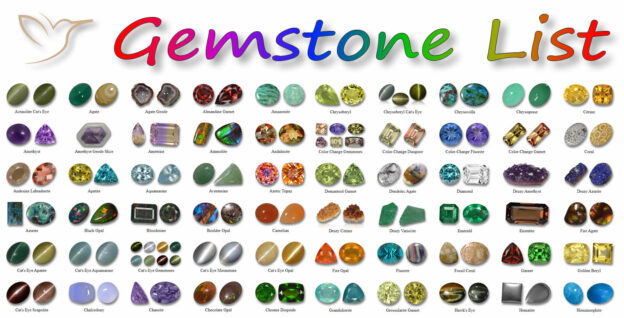
Ammolite is a rare gemstone of organic origin that is fairly new to the market, with commercial mining beginning only in 1981. Ammolite is the fossilized shell of ammonites, which are composed primarily of aragonite, the same mineral that makes up nacreous pearls. Ammolite’s main attraction is an opal-like play of color.
Thus far ammolite has been found only along the eastern slopes of the Rocky Mountains of the United States and Canada, mainly in Alberta and Montana. It has been known to native people of the Americas for hundreds of years, who believed that it possessed magical powers. In the 1960s, amateur lapidaries began to work with it, and ammolite was first described in a major trade magazine in 1969. In 1981 the World Jewellery Confederation (CIBJO) officially recognized ammolite as a gemstone.
A company called Korite International was formed in Alberta, Canada in 1979 to mine ammolite along the St. Mary River near the city of Lethbridge. This area was an inland subtropical sea in prehistoric times, known as the Cretaceous or Western Interior Seaway. Ammonites were cephalopods (squid-like creatures) that thrived in tropical seas until becoming extinct along with the dinosaurs at the end of the Mesozoic era. As the seas receded, the ammonites were buried by layers of bentonite sediment. This sediment preserved the aragonite of their shelled remains, preventing it from converting to calcite.
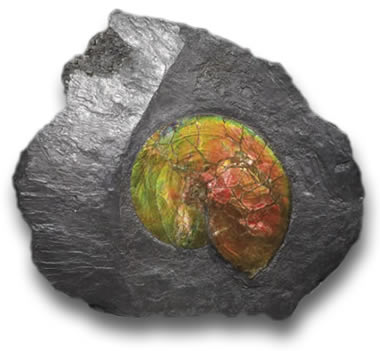
The chemical composition of ammolite is somewhat variable. In addition to aragonite it may also include calcite, silica, pyrite or other minerals. The shell itself may contain a number of trace elements, which include barium, chromium, copper, iron, magnesium, manganese, strontium, titanium and vanadium. Ammolite is fairly soft, with a hardness of about 4 on the Mohs scale. Its specific gravity is 2.75 to 2.80, and its refractive index is 1.52 to 1.68.
An iridescent opal-like play of color is shown in fine specimens, mostly in shades of green and red, though all the spectral colors are possible. The iridescence is due to the microstructure of the aragonite. Unlike most other gems, which get their color from light absorption, the iridescent color of ammolite comes from light interference. Light rebounds from stacked layers of thin platelets that make up the aragonite. The thicker the layers, the more reds and greens are produced; the thinner the layers, the more blues and violets predominate.
The ammolite itself is actually a very thin sheet, about 0.5 to 0.8 millimeters in thickness. Ammolite is almost always found in matrix (host rock), which is typically a grey to brown shale, chalky clay or limestone.
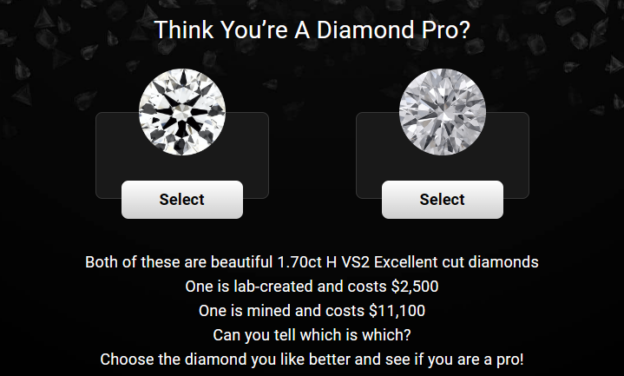
How to decide whether a natural or lab-created diamond is best for you
Are lab-grown diamonds real? Yes, lab-grown diamonds are real! They are genuine diamonds, but they have distinct origins and characteristics. They are created in controlled environments, replicating the conditions under which natural diamonds form. Lab grown diamonds offer identical beauty and physical properties to natural, mined diamonds but come at a reduced cost.
Lab-grown diamonds vs. natural diamonds: which is the right choice for you? Lab grown diamonds are cheaper. On the flip side, natural diamonds formed over billions of years carry a unique allure and history. When choosing between the two, consider factors like value, ethics, and personal preferences to make an informed decision.
Here’s what we’ll cover on this page:
Should you buy a lab diamond or a natural diamond?
Are lab-grown diamonds cheaper than natural diamonds?
Are lab-grown diamonds a better value than natural diamonds?
Are lab-grown diamonds a more ethical purchase than natural diamonds?
Do lab-grown diamonds look like natural diamonds?
Are lab-grown diamonds real?
FAQs
Bottom line recommendation
Lab diamonds are different from natural diamonds in that they are artificially created; instead of being naturally produced in the earth, like regular diamonds, they are man-made in a laboratory.
Fundamentally, this is the only difference. Lab diamonds look and feel just like natural diamonds. Industry experts and leading scientific publications, like Science Focus, agree. They’re available in all kinds of shapes and sizes, and if you had a lab diamond and a natural diamond in front of you, it would be virtually impossible to tell the difference. They even have almost identical chemical structures.
Why you should trust us
Despite all the similarities, there is a growing gulf in price, resale value and overall desirability for lab-created diamonds vs. natural diamonds.
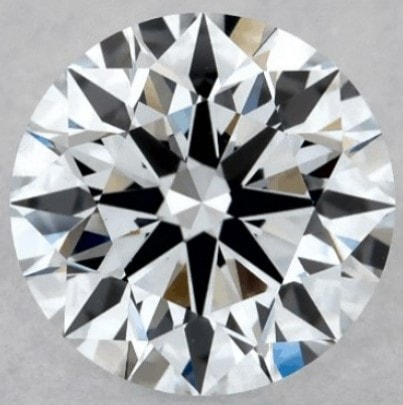
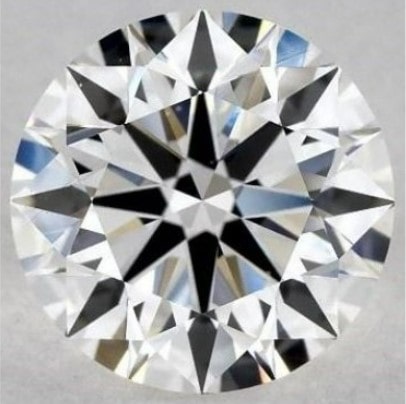
The two pictures above are both G color VS2 clarity, similar carat weight and cut. If each were in front of you, it would be nearly impossible to tell, but one is a natural diamond, and one was grown in a lab.
Pro Tip: If you are considering the pros and cons of lab-grown vs natural diamonds, James Allen has doubled down on the value offered by lab created diamonds. James Allen is offering 10% of the already fantastic pricing of their lab grown diamonds.
Natural diamonds are created by nature, as a result of intense heat and pressure, formed over the course of billions of years. Lab-grown diamonds are created in a laboratory, often produced in just a matter of weeks. There is a tiny chemical difference between the two, as natural diamonds often contain a very small amount of nitrogen, while synthetic diamonds do not. This is the only inherent difference though – even the US Federal Trade Commission, or FTC, classes man-made diamonds as “real” diamonds, due to the gem’s carbon-based chemical makeup.
So how can you tell the difference between a lab diamond and a natural diamond?
There is no visible difference between the two. Even a professional gemologist will need specialized equipment to tell which is which. With magnification, a professional will be able to make out small contrasts in the inclusions of lab-grown vs. mined diamonds.
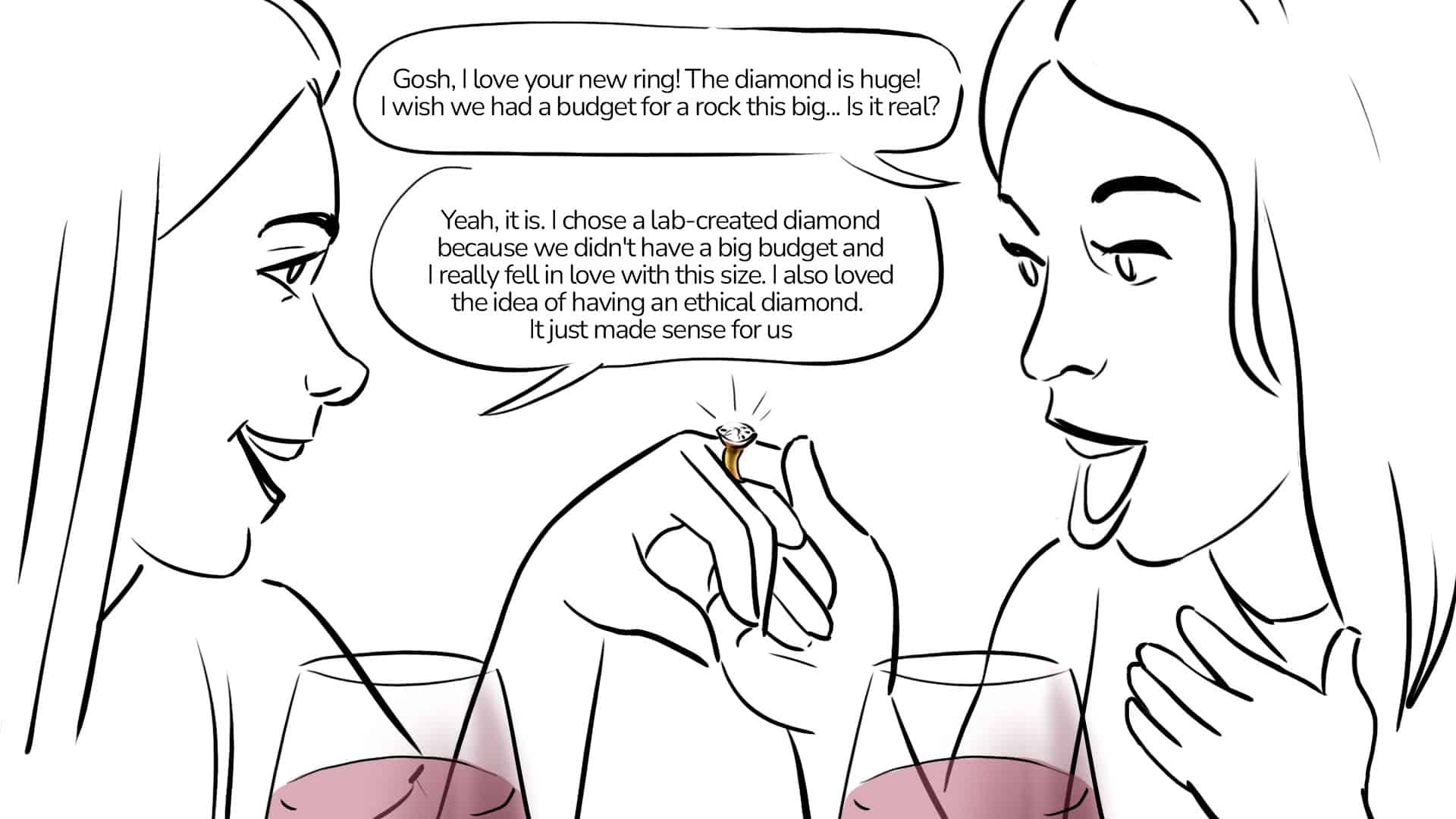
The best way to tell the difference is to check the diamond’s certification. Jewelers must declare whether a diamond is naturally or synthetically created, so as long as you shop with a reputable store, you will always have this information available. Pay attention to this information, as it will have a significant impact on the price and resale value of your diamond.
“A lab diamond doesn’t say I love you any less than a mined diamond says I love you.” Beryl Raff, Former CEO of Helzberg Diamonds as reported in JCK Online.
If there is no visible difference between a lab-grown diamond and a natural diamond, which one should you go for?
It’s hard to answer this question for everyone, as different buyers have different priorities. If appearance is literally the only factor that matters to you, then it doesn’t matter if a diamond is man-made or natural. No one will notice unless you tell them. The growing popularity of them shows it well.
There are, however, some big differences, which should cause you to think twice before making your decision.
The cost of lab diamonds is still in a constant flux. Just 4-5 years ago, we found lab diamonds to be on average 23-25% more expensive than natural diamonds. Today, lab diamonds are coming in significantly cheaper than natural diamonds, 75% cheaper, or even more in some cases. Take a look at this 3.00ct diamond from Brilliant Earth. It is gorgeous and will look the same as a natural diamond that will cost you four times the price.
The difference is due to supply. The natural diamond supply is limited, due to the billions of years it takes for nature to create a diamond. Yet with synthetic diamonds, there is no cap on supply, which drives the price lower and lower as supply goes up.
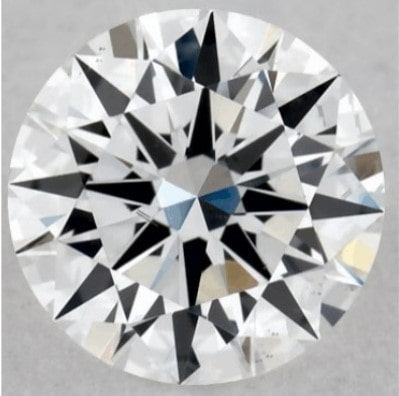
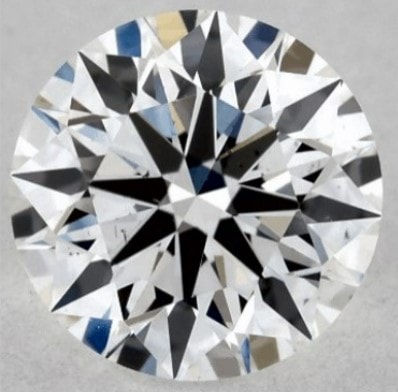
The image above is another example of how similar lab diamonds and natural diamonds look. It’s hard to tell the 0.58ct E/VS2 lab-created diamond on the left and the 0.51ct E/VS2 natural diamond on the right apart.
The price of lab-grown diamonds is falling at an alarming rate, and shows no signs of stopping or reversing. Take this into account when making your purchase – the same lab diamond bought for $1,000 today may be priced at a fraction of that amount in just one or two years.
0.59ct E VS2 Lab Grown Round Diamond
MORE DETAILS
0.80ct E VS2 Lab Grown Round Diamond
MORE DETAILS
0.80ct E VS2 Lab Grown Round Diamond
MORE DETAILS
LOAD MORE
The difference in resale value between natural and synthetic diamonds is even greater than the difference in price. While natural diamonds often retain around 50% of their initial value, lab-created diamonds are almost impossible to resell without accepting pennies on the dollar. You lose a massive percentage of its value the moment you make the purchase.
We also must consider how the cost of real diamonds vs. synthetic diamonds changes over time. With lab-created diamonds dropping in price, and natural diamonds historically rising in value, your synthetic diamond will almost certainly be worth less than a natural one of similar grade, even before considering the difference in resale value.
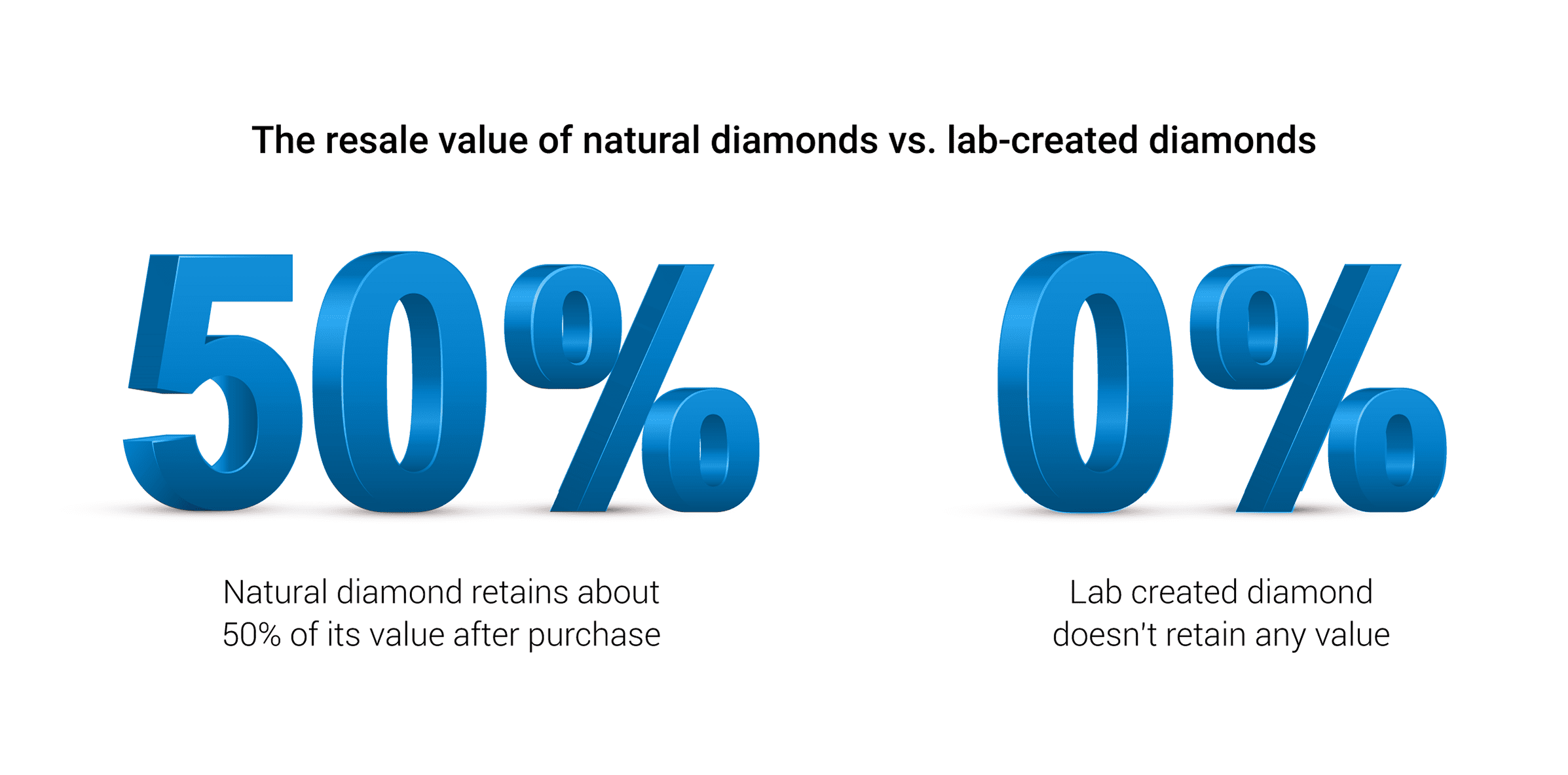
Some may have concerns over the environmental and humanitarian repercussions of natural diamond mining processes.
That’s not to say that natural diamonds are necessarily unethical. But it stands to reason that man-made diamonds offer more in the way of long-term sustainability than those pulled from the earth.
There is some contention over this issue. In fact, the FTC warned a number of jewelers about making unsubstantiated claims of their jewelry being sustainable or eco-friendly.
A report from the Diamond Producers Association claims that natural diamonds are, in fact, better for the environment than synthetic diamonds, due to the carbon-intensive process of producing lab diamonds.
All in all, it appears there is not a consensus just yet on whether lab diamonds are actually a more sustainable option.
See this article for a comprehensive guide on ethical issues in diamond buying.
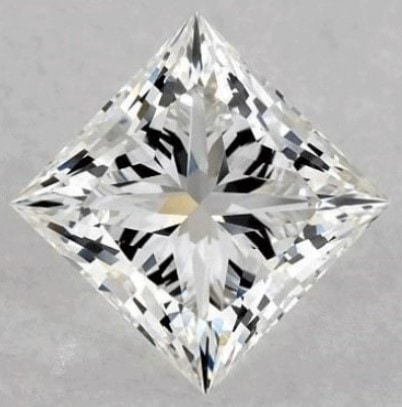
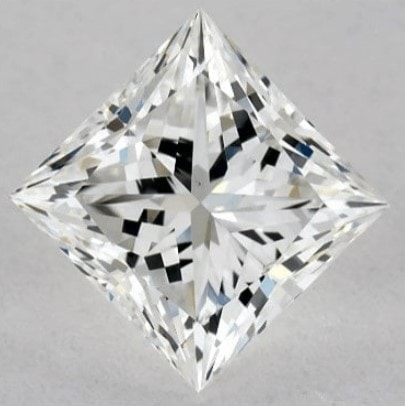
1.01ct F/VS1 lab-created princess cut (on the left) vs. 1.00ct F/VS1 natural princess cut (on the right)
Lab diamonds and mined diamonds are, for the most part, identical to the naked eye. If you buy a ring with a lab-created diamond, it’s just about certain that no one will be able to notice, unless you tell them.
There can be some very small inclusions on lab diamonds that aren’t present in natural diamonds. It’s very rare for these inclusions to be visible unless using magnification tools.
In just about every case, a lab diamond will have the same brilliance and shine as a natural one, so if you’re primarily looking for a diamond that looks beautiful, lab diamonds can present a low-cost option without settling for a lower grade.
According to a CNN report based on July 2022 data “the number of engagement rings sold that featured a manufactured diamond jumped 52% compared to last year”
While diamonds generally should not be seen as an investment, there is also sense in purchasing a piece of jewelry that is likely to retain its value over the years. If this is a priority to you, opt for natural diamonds.
Don’t discount synthetic diamonds as an option. Couples who are strapped for cash may be able to find a beautiful ring that would otherwise be far out of their price range by going with a lab-created diamond. But just be aware that you may see the exact same diamond on sale for a fraction of the price in the future.
Pro Tip: When purchasing a lab-grown diamond, follow the same advice regarding the 4C’s we use. If you go overboard focusing on the best quality, you will be sacrificing on size too much. Once set in a ring, you can’t tell the difference in color/clarity between this 1.61ct diamond from Blue Nile and this 2.06ct stunner from gemstonestudio. But you will certainly notice the size difference.
A lot of people refer to lab diamonds as “fake” diamonds, but this is not accurate. The carbon-based chemical composition of lab diamonds means they are in fact “real” diamonds – unlike cubic zirconia or moissanite.
These diamond simulants are also lab-created but are not composed of carbon atoms, and therefore are not real diamonds.
Unlike lab diamonds vs. natural diamonds, which are inherently identical in look, feel and hardness, there is a noticeable dropoff from a lab-created diamond to a simulant like cubic zirconia or moissanite.
Simulants do not have the same brilliance and sparkle as real diamonds. The refractive index of cubic zirconia is lower than a diamond, 2.2 vs. 2.42. Moissanite actually has a higher refractive index (2.65 – 2.69). The higher refractive index of moissanite means it gives off a vibrant colored reflection, in dazzling colors that is a little too much for some people.
There is also a difference in hardness. Diamonds score a perfect 10 on the Mohs scale of hardness, while moissanite is between 9-9.5, and cubic zirconia 8.
Like lab diamonds, both cubic zirconia and moissanite don’t carry much value and make for poor investments. However, there is a drop off in quality between lab diamonds and diamond simulants, as you are not actually getting a real diamond.
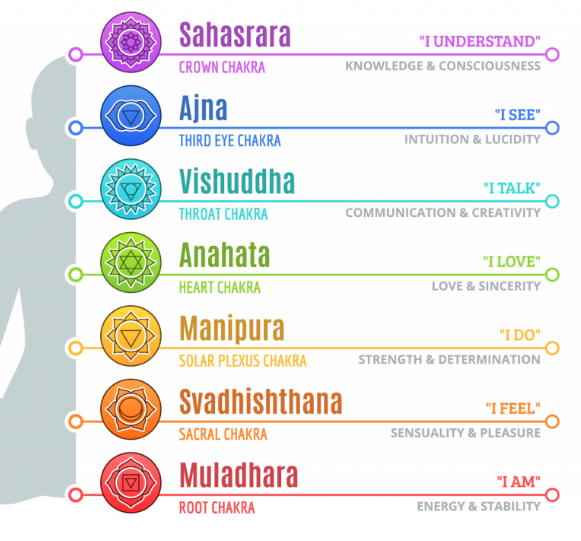
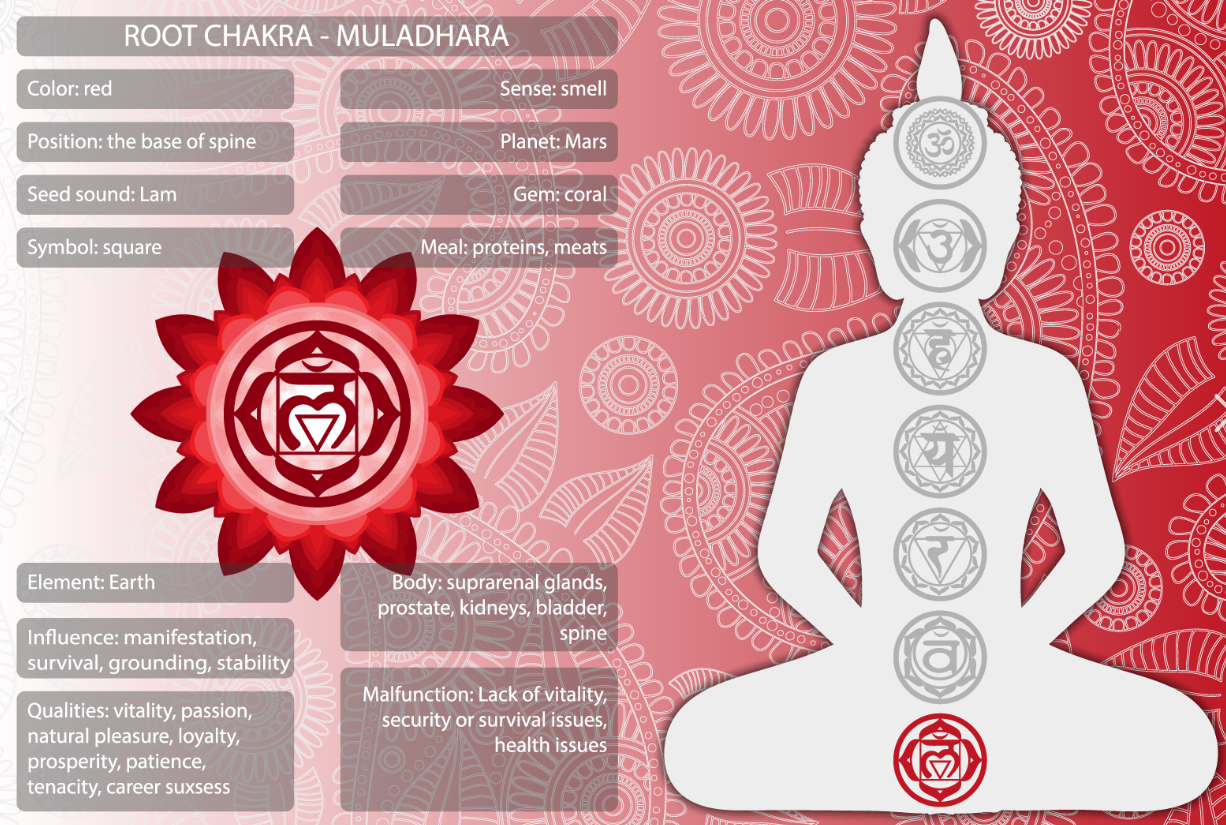
When the energy of your Root Chakra is imbalanced. Performance would be:
Physical
Back pain, weak immunity, menstrual disorders, infertility, constipation, obesity, hemorrhoids, sciatica, arthritis, etc.
Mental
Absent-minded, emotionally instability, irritability, forgetfulness, and bad sleep.
Skin
Dark yellow, dull, loose, dehydrated, easy to form pigments.
Healing Crystal Stones would be helping:
Black tourmaline, black obsidian, rainbow obsidian, black onyx, red garnet, red tiger eye, black silver rutile, smoky quartz, golden obsidian.
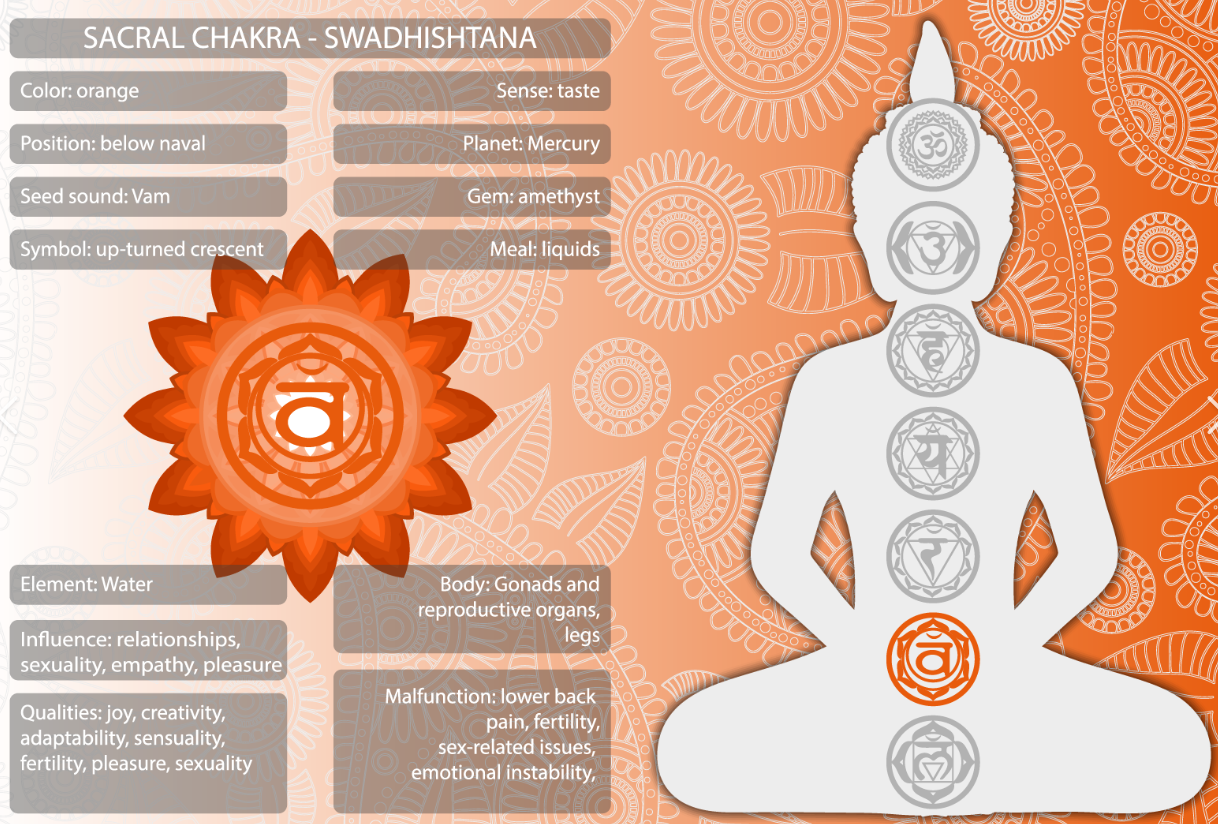
When the energy of your Sacral Chakra is imbalanced. Performance would be:
Physical
Chronic low back pain, urinary tract infection, bladder and kidney disease, ovarian cyst, or other diseases of the reproductive system.
Mental
Depression, lack of creativity, or forming bad habits easily.
Skin
Dry, dull, oily, large pores.
Healing Crystal Stones would be helping:
Sunstone, Golden Sunstone, Lepidocrocite(Gold Strawberry Quartz), Orange Spessartine Garnet
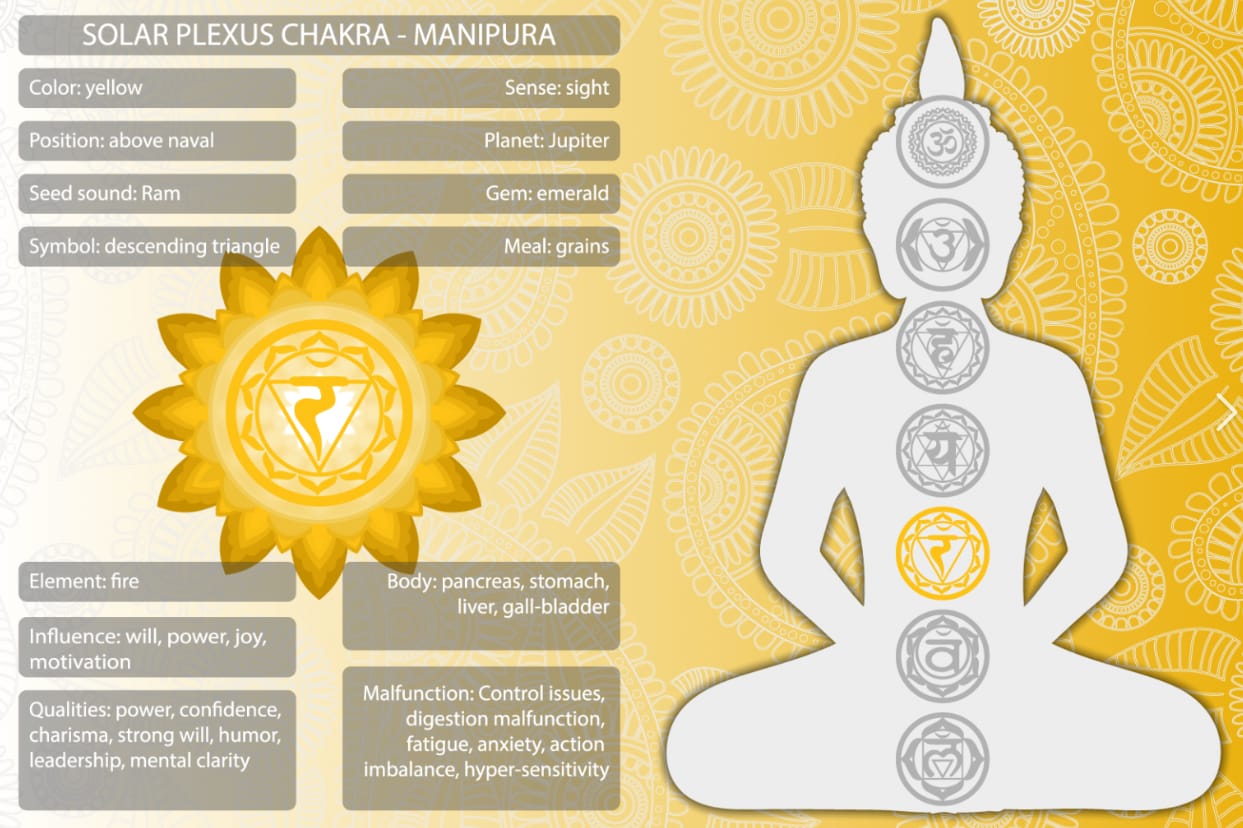
When the energy of your Solar Plexus Chakra is imbalanced. Performance would be:
Physical
Problems with digestion, liver, gallbladder, and pancreas. Constipation, dyspepsia, ulcers, diabetes, hypoglycemia.
Mental
Anger, greed, shame, despair, tiredness, uncontrollable.
Skin
Rough, loose, pigmentation.
Healing Crystal Stones would be helping:
Citrine, Brown Tiger Eye, Yellow Calcite, Amber, Golden Rutile, Golden Rutilated Quartz
The easiest way to activate or balance your Energy of Solar Plexus Chakra:
Expose yourself to the sunlight more often, combining the positive energy of Mother Natura. Start to dominate your own future, and no longer be passive.
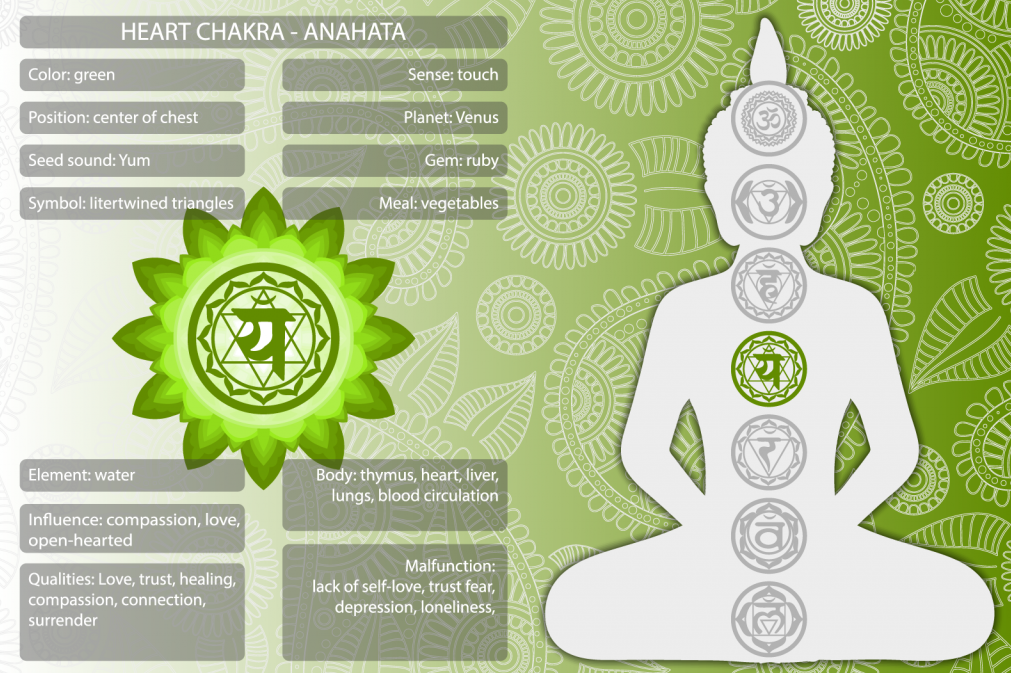
When the energy of your Heart Chakra is imbalanced. Performance would be:
Physical
Problems with Heart, Lung. Chest tightness, shortness of breath, easy to cause respiratory inflammation, shoulder pain.
Mental
Easily get upset, suspicious, venting anger, arguing.
Skin
Large pores, pale, dry & sensitive.
Healing Crystal Stones would be helping:
Green Phantom Quartz, Malachite, Green Aventurine Quartz, Emerald, Moldavite, Rose Quartz, Strawberry Quartz, Rhodonite, Rhodochrosite.
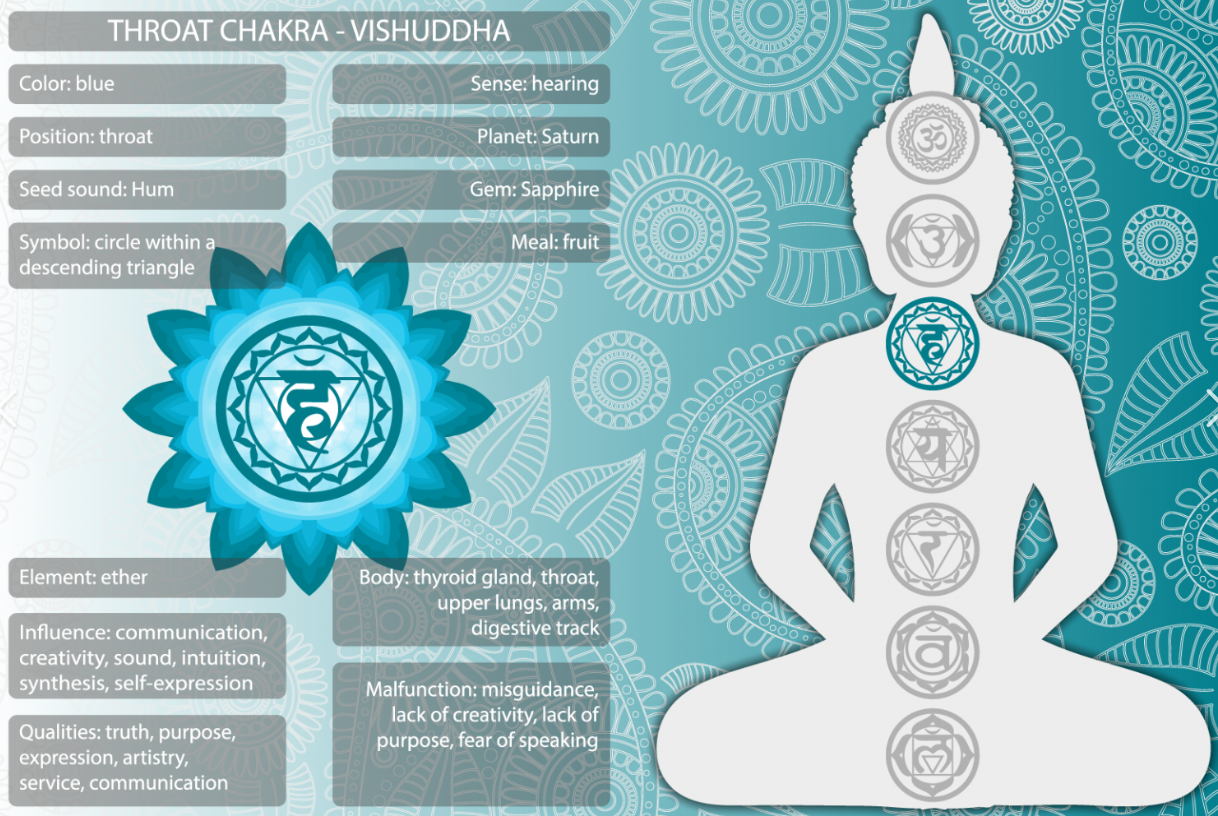
When the energy of your Throat Chakra is imbalanced. Performance would be:
Physical
Shortness of breath, tinnitus, laryngitis, neck stiffness, colds, thyroid disorders, hearing disorders.
Mental
Suppress yourself just trying to please others.
Skin
Large pores, dull.
Healing Crystal Stones would be helping:
Aquamarine, Blue Apatite, Larimar, Blue Turquoise, Blue Flash Labradorite, Amazonite.
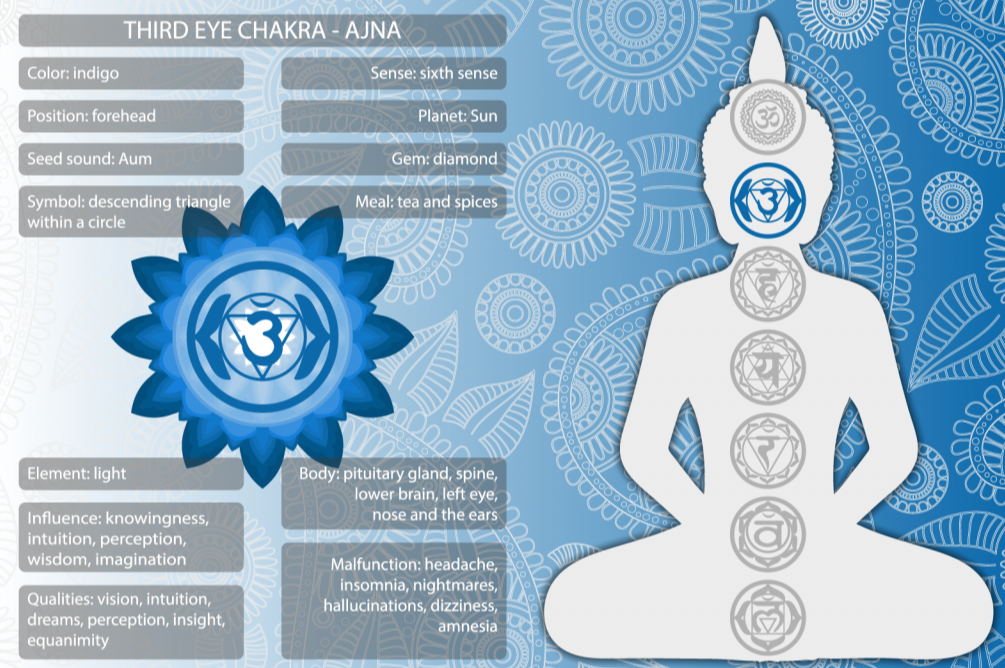
When the energy of your Third Eye Chakra is imbalanced. Performance would be:
Physical
Blindness, headache, nightmares, eye fatigue, blurred vision.
Mental
Headache disorder, weak vitality.
Skin
Rough, dull and prone to blood and toxic acne.
Healing Crystal Stones would be helping:
Lapis Lazuli, Kyanite, Amethyst, Sugilite.
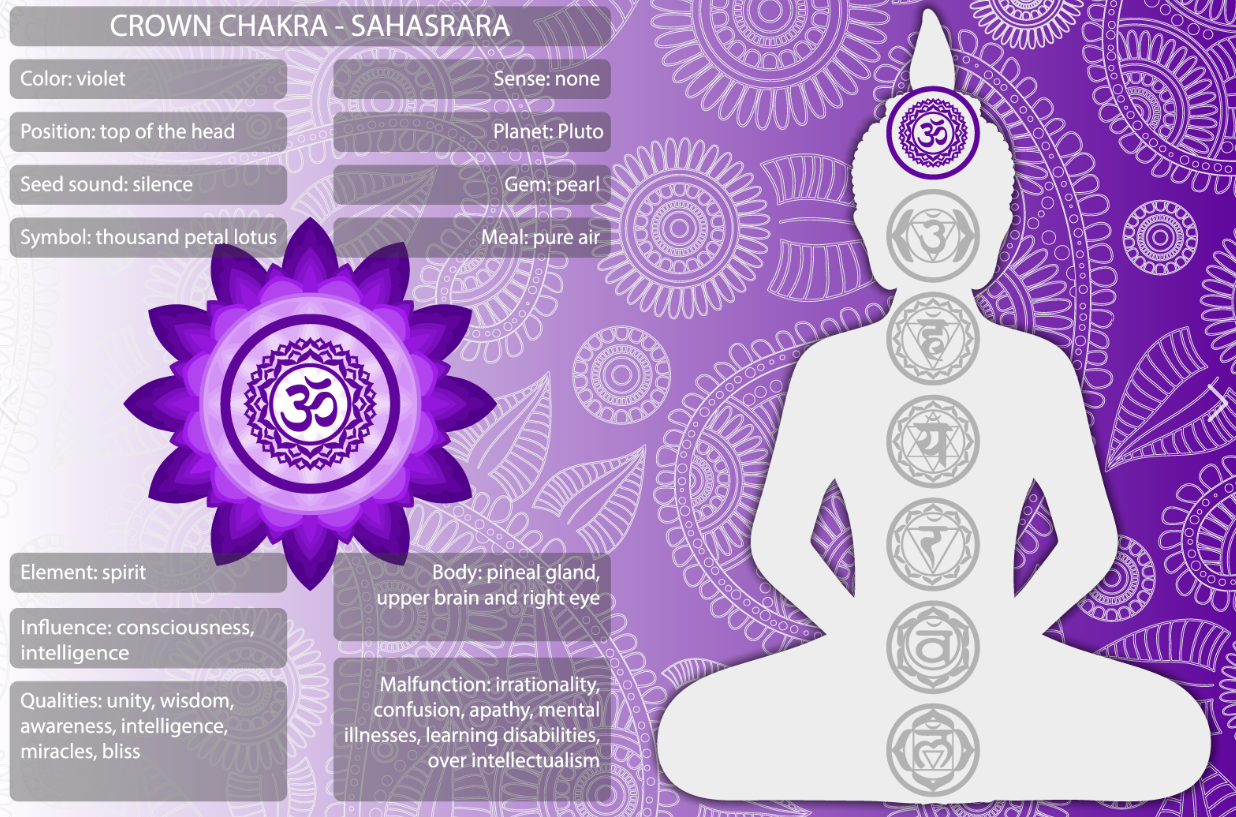
When the energy of your Crown Chakra is imbalanced.
Performance would be:
Physical
Bad sleep, headache, migraine, nervous, poor memory, inability to concentrate, brain diseases caused by brain hypoxia, nasal congestion, eye pain, earache.
Mental
Haggard, unhappy, melancholy, lack of purpose.
Skin
The complexion is dark yellow, acne.
Healing Crystal Stones would be helping:
Clear Quartz, Selenite, Amethyst.